Highlights
Meet a CQTian: Ravinraj Ramaraj
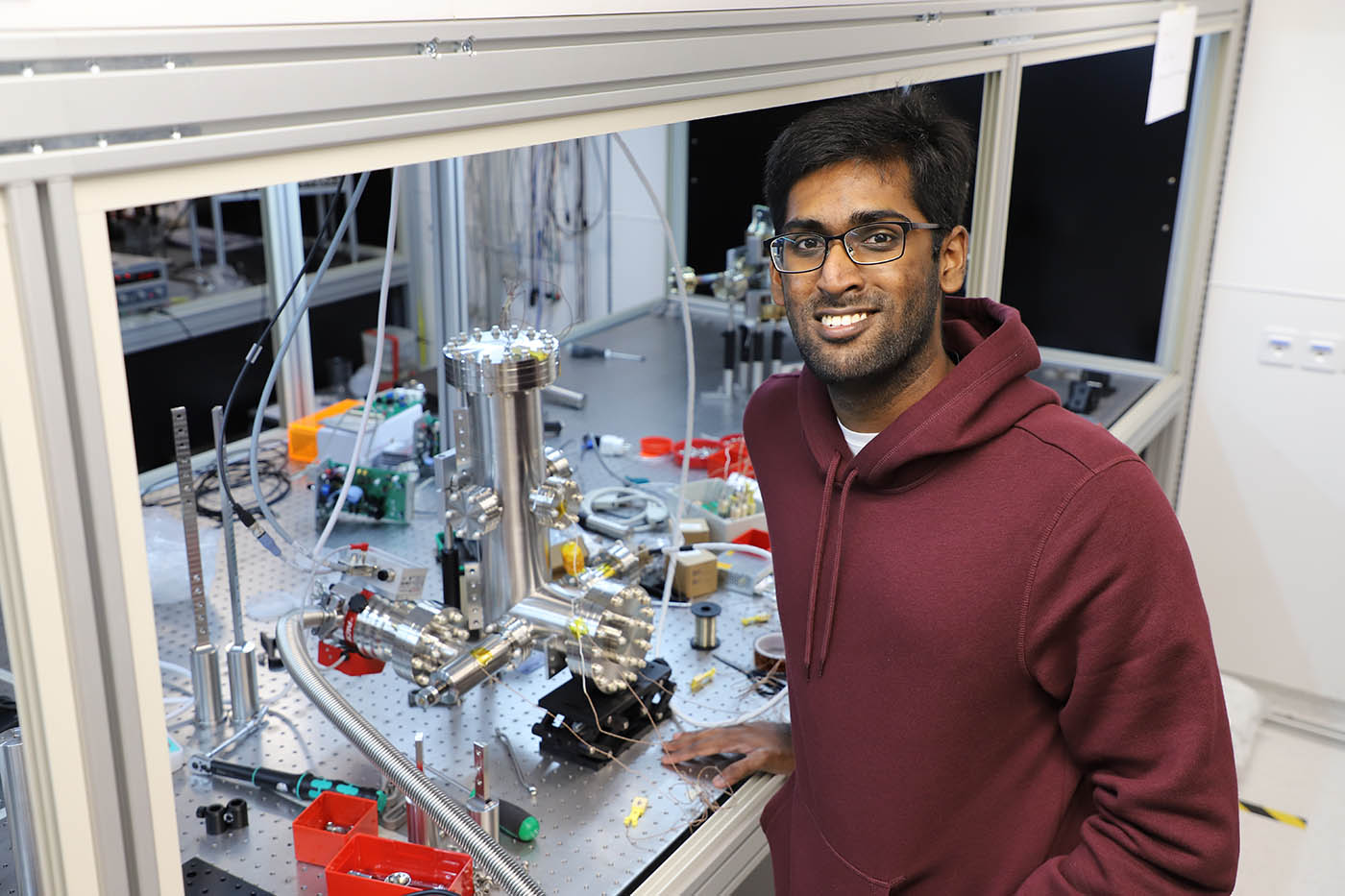 In the lab of Travis Nicholson, Ravin is building an experiment to study quantum information science with ultracold strontium atoms.
In the lab of Travis Nicholson, Ravin is building an experiment to study quantum information science with ultracold strontium atoms.
Who are you?
I’m Ravin Raj. I’m a Singaporean and a Research Assistant in Travis’s lab. When I was a physics undergraduate in NUS, I worked on my Final Year Project (FYP) in Travis’s lab too, so I have been at CQT for about a year now.
We heard you won an Outstanding Undergraduate Researcher Prize from the University for your work. Congratulations!
Thank you! The project title was “Construction of an Experimental Platform for the Trapping and Cooling of Strontium”. My FYP revolved around the construction of the project. Experiments of this scale usually take years to build, and the pandemic didn’t help. The duration of my FYP was not enough to complete it, so I’m continuing as a Research Assistant now.
What is the project about?
The project is about working with ultracold atoms, specifically strontium. Although strontium is primarily used in atomic clocks, one can also use it to construct quantum information platforms. We are trying to trap strontium atoms and construct quantum gates for them based on Rydberg interactions.
How do you like working in the team?
It is really fantastic because it is a diverse team. Travis has been in atomic physics for years and brings with him the natural experience that one gets from building up a record-breaking atomic clock. I’m especially grateful that he’s had the confidence in me to get me involved in high-level technical projects and in the theory for planning new experiments. He has taught me to design and build electronics, build lasers, program microcontrollers, set up ultrahigh vacuum systems, and more. Our postdoc Steven Touzard was originally an expert in superconducting qubits, but he's learnt how to deal with atoms and the kind of lasers we work with. He's been learning alongside us, and he also brings a lot of expertise on experimental practices – he sees the importance in things like circuits, signals, and noise considerations. It’s a great team to work with and to learn from.
Did you already know as an undergrad that you would be interested in quantum physics?
Surprisingly, in my first couple of years I went very deeply into biophysics. I was particularly interested in the mechanisms for how cells exert forces on their environments, how they adhere to surfaces they are on, and how they sense for nutrients in their surroundings. Working with the advanced imaging techniques and microscopy equipment in this field made me realise I was far more interested in the imaging and optics involved.
It was coincidentally around this time that I took a module that Travis was teaching. Hearing him describe everything I was keen on, in the context of ultracold atoms, drew me to this field. He was very welcoming and offered to take me as a student, and I’ve not regretted switching my field of interest since.
Is research something you can see yourself pursuing further?
Definitely! As a student, I’ve fallen in love with experimental atomic physics and would love to continue my work in this field. Working in a collaborative experimental environment also comes with the added bonus of teaching opportunities on a regular basis, something which I especially look forward to in my daily work.
There are so many things that are being experimentally realised in this field right now. It is just amazing that there is so much potential for basic research in atomic physics to give rise to some future translational impact. It feels good to know we can contribute to these efforts in some meaningful manner.
Outside of lab work, what are your other interests?
I do a lot of landscape and drone photography.
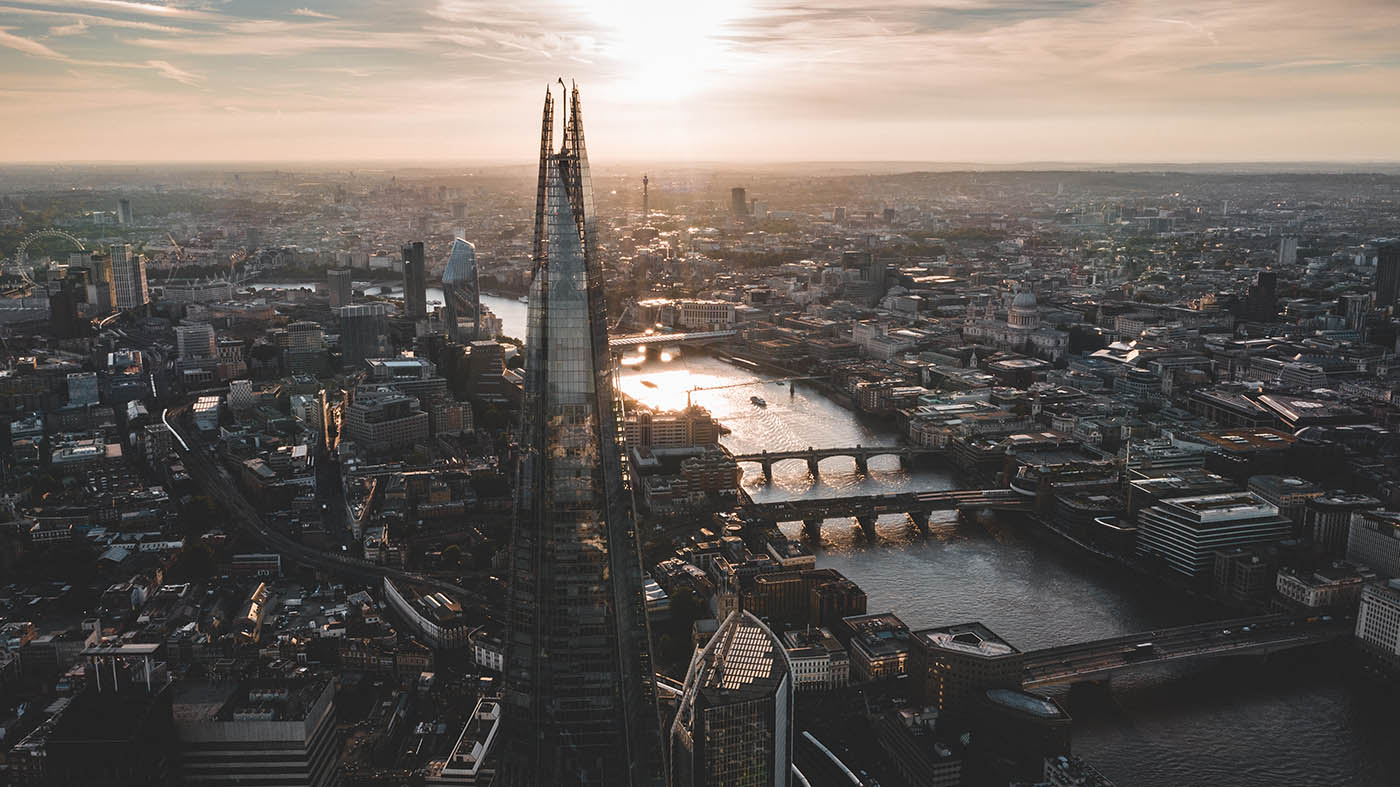 Drone shot of The Shard towering over London City. Image: Ravinraj Ramaraj
Drone shot of The Shard towering over London City. Image: Ravinraj Ramaraj
Another interest I have is producing electronic music. The fundamentals of electronic music production have been abstracted because of the power of modern software suites. I’m aiming to break some of these abstract ideas down into physical realisations for myself.
What do you mean when you say that production has become very abstracted?
With most production software available today, you just click, drag and drop things to produce sound. Production is easier, but you don’t really need to know any signal processing techniques – which is what I am interested in. Interestingly, working in this lab and in CQT as a whole has been very fruitful for this. I learnt a lot from Travis and my colleagues about the design and implementation of electronics. This inspired me to start a personal project earlier this year – I’m building my own modular analog synthesiser. It allows you to design sound in any way you want, with complete control over every aspect of a waveform. Since I design the oscillators, amplifiers and filters myself, it forces me to really understand where every property of the sound comes from.
How is the project coming along?
It is really fun! Essentially, I’m building a musical instrument from scratch, so I’ve stopped taking a lot of things we use at CQT for granted. One of my first tasks was to build a simple oscilloscope, which is incredibly hard to build. What’s encouraging is that a good majority of the components I’m sourcing for and using are similar to what we are using at CQT. It’s really incredible how easily the knowledge carries over.
Learn more
Related Stories
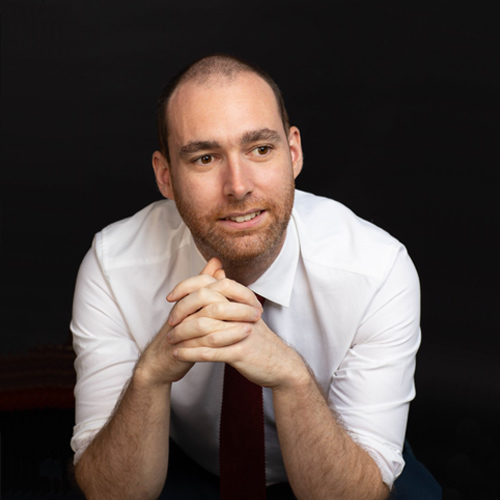 | Meet a CQTian: Steven Touzard September 09 2020 |
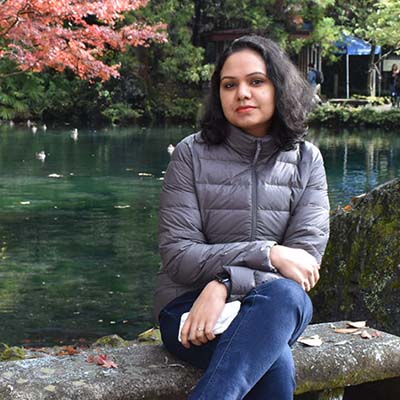 | Meet a CQTian: Resmi Poovathumkal Raju October 07 2020 |
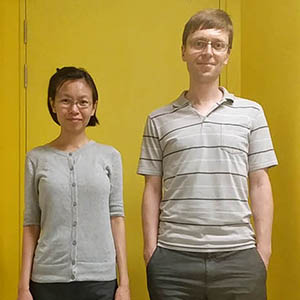 | CQT welcomes two new Principal Investigators September 12 2017 |






